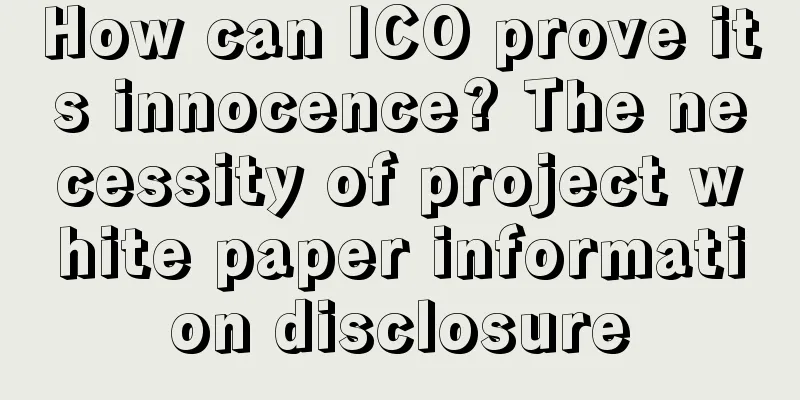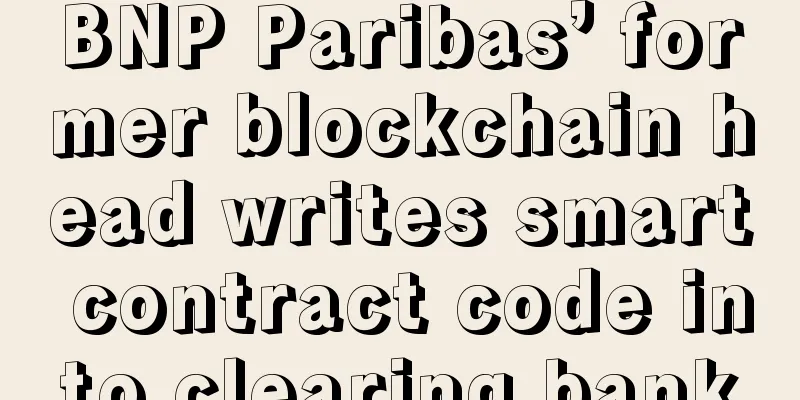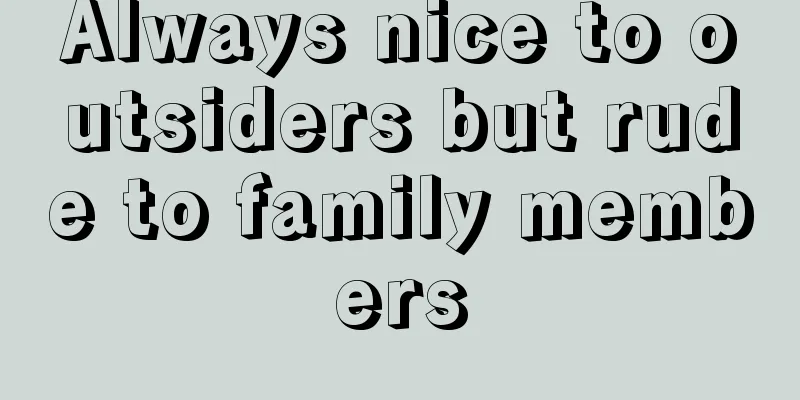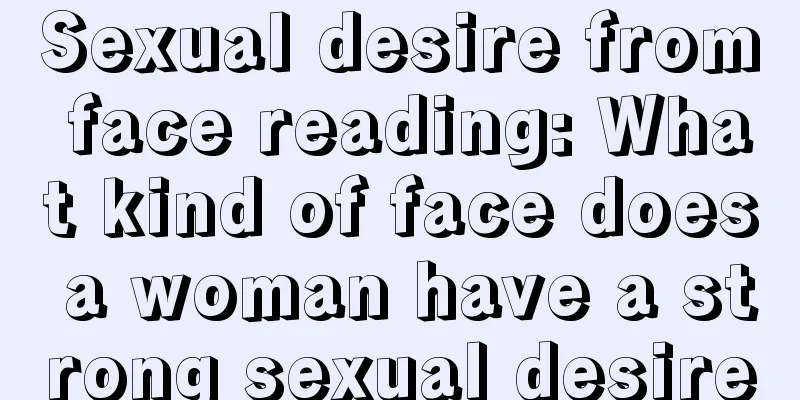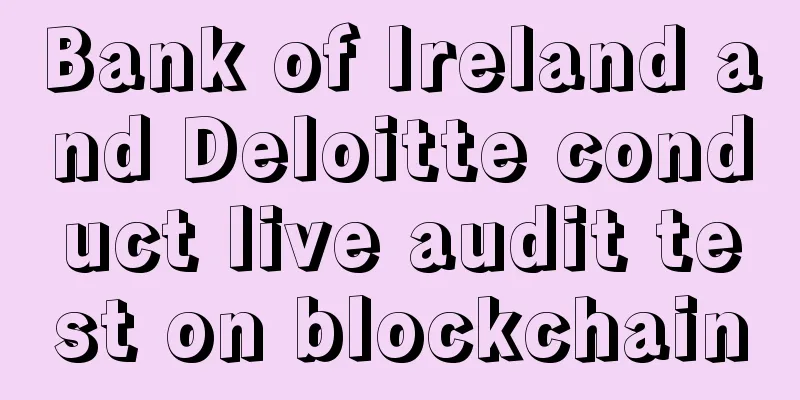No matter what you do, it's wrong. This week is difficult for Powell and the Federal Reserve.
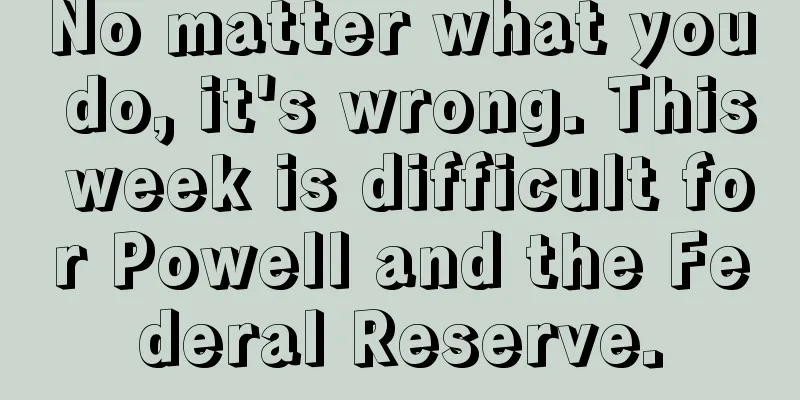
|
Powell and the Federal Reserve are facing a difficult problem: to raise interest rates or not to raise interest rates - raising interest rates will accelerate the spread of the banking crisis, but if interest rates are not raised or lowered, inflation will remain high. The Federal Reserve will announce its interest rate decision on Wednesday, and as Nick Timiraos of the New Fed News Agency said, in the current situation, Fed officials must balance inflation concerns with new concerns about the spillover effects of banking turmoil: Federal Reserve Chairman Jerome Powell and his colleagues this week face one of their toughest decisions in years: whether to raise interest rates again to combat stubbornly high inflation or pause amid the worst banking crisis since 2008. Timiraos said that at this interest rate meeting, there is likely to be a disagreement among Fed officials: those who believe that loans and other financial conditions are at risk of a sudden tightening due to the current banking risk shock may tend to suspend interest rate hikes; those who believe that the impact of the banking crisis is more likely to be temporary, controlled or mild may advocate continuing to push forward a new rate hike while inflation remains high, aimed at cooling the economy to curb inflation. Before the Silicon Valley Bank crisis, almost all analysts expected the Fed to raise interest rates by at least 25 basis points or 50 basis points, but after the crisis, this view took a 180-degree turn - now the market expects the Fed to cut interest rates about three times before January next year, and the Fed will raise interest rates by 25 basis points at most in March or May before turning downward. The current broad consensus still expects a 25 basis point rate hike in March, with several banks such as Goldman Sachs and Barclays calling for a pause in rate hikes, while the more aggressive Nomura Securities expects a rate cut and a few banks still calling for a 50 basis point rate hike. Timiraos believes that the Fed's decision on whether to continue raising interest rates by 25 basis points may depend in part on how the market digests the news of UBS's acquisition of Credit Suisse and whether measures taken by the United States and other economies to calm market concerns about the banking industry are effective. Powell's "Volcker Moment" Steven Blitz, chief U.S. economist at TS Lombard, believes Powell is approaching his "Volcker moment" - either fulfilling his promise to pull growth below trend and allow unemployment to rise, or backing off when problems arise in the banking sector. He said small banks had been aggressive lenders and would now change course, but that the broader problem facing the banking system was not mismanagement but weakness in the tech sector, which had been distorted in this cycle by a seemingly endless influx of cheap capital that was now ending: Today, we have no way of knowing the scale of the problem in the tech sector, or how deep its impact is, because the sector is filled with private companies that borrow private money from private intermediaries — there is no scope for data or regulation. However, we can be sure that much of the world has also invested in the U.S. tech sector, making its impact global. The tech sector is not as large as housing, nor does it have the same leverage as a borrower or lender. But what the tech sector has in common with the housing sector is that it has been the sector that has been distorted by the flow of easy money in this cycle since the end of the 2008-2009 recession. Each cycle has its archetype, the epicenter of economic recession. Blitz believes that the Fed should raise rates by 25 basis points, but given the recent volatility in funding flows, they are more likely to back off and cite the expected tightening of financial conditions as reason enough to keep the funds rate unchanged: If the market had stabilized by Tuesday, they would likely have hiked to 25%, but weekend events and renewed pressure on First Republic Bank suggest otherwise. There is no free policy lunch – the cautionary tale of stops and slowdowns was evident in 1966, the original sin of the inflationary era. In the article, Blitz also raised the following rhetorical question: As an asset crisis turns into a credit crisis, whether or not tech and its financial ecosystem eventually drag the broader economy into recession, isn’t that the purpose of austerity? How else could the Fed soften the labor market and bring supply and demand into balance, if not by creating a recession? |
<<: Does Bitcoin’s Rally Prove the “Inflation Hedge” Theory?
Recommend
Digital currency crackdown is coming again! EU considers banning anonymous cryptocurrency wallets
Source: Wall Street Journal The European Commissi...
Is there a saying that women have the fate of a phoenix or a nobleman? What are the facial features?
It is said that women have the fate of a phoenix ...
Palmistry for blessing children
When you become someone's parent, you will pu...
Popular Science | What is on-chain expansion and off-chain expansion? -
Understand the difference between on-chain and of...
Sequoia Capital: Blockchain could reduce Mastercard's revenue
Bitcoin House News March 1 CoinDesk reported that...
This person who sells mining machines cannot be judged by common sense.
On November 5, 2019 ( EST ), Canaan Inc. updated ...
A woman with a mole on her right earlobe. Where is the best place for a woman to have a mole?
In mole physiognomy, there is a distinction betwe...
Betting on Web3.0, these sub-sectors are most worthy of attention
author | Brock edit | Doorman operations | Smal...
What is the fortune of a man with Buddha eye lines? Is it a good palmistry?
There are numerous dense lines on people's ha...
Three main factors push Bitcoin price back to the peak of $1,220
Golden Finance News- For the first time since Apr...
How to look at the four white eyes
Eyes are an important part of the five senses. Th...
The 12 most auspicious palmistry features, you should also have them
If a person is relatively fat, we often say that h...
A woman with amorous feelings
The bag opens and closes while sitting Girls will...
Under the "Carbon Neutrality" policy, blockchain computing centers are accelerating their transfer to North America
Original by ChinaBlockchainNews (ID:ChinaBlockcha...
What does a mole on a woman’s earlobe mean? Is it good for a woman to have a mole on her earlobe?
Moles can be divided into broad and narrow meaning...
